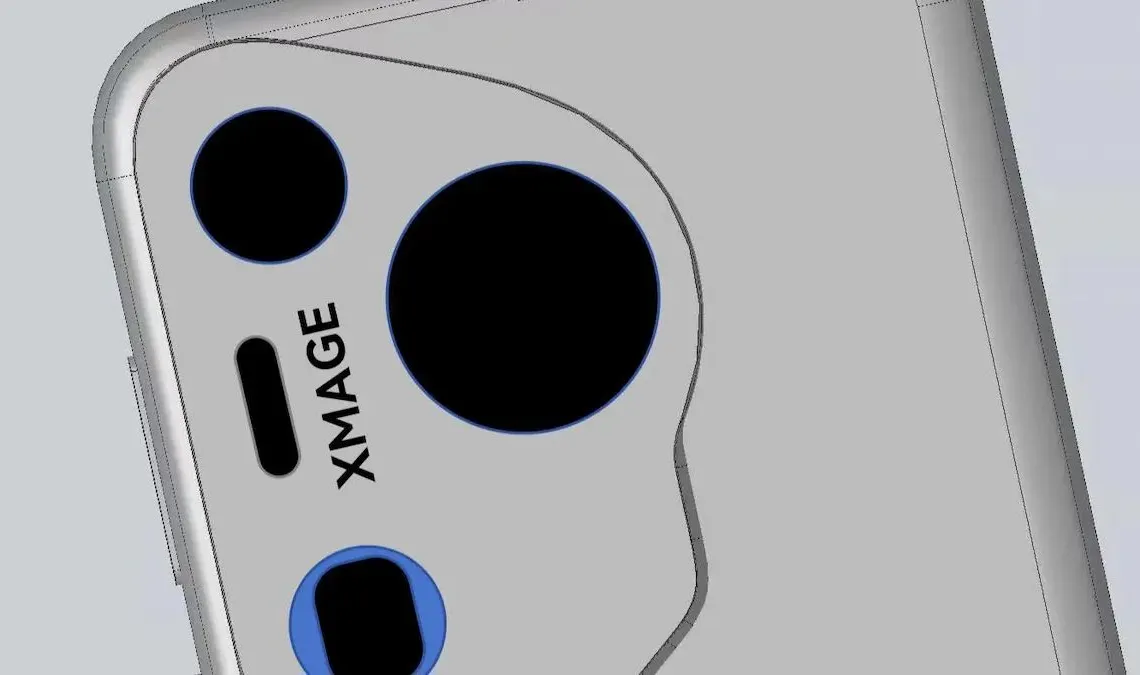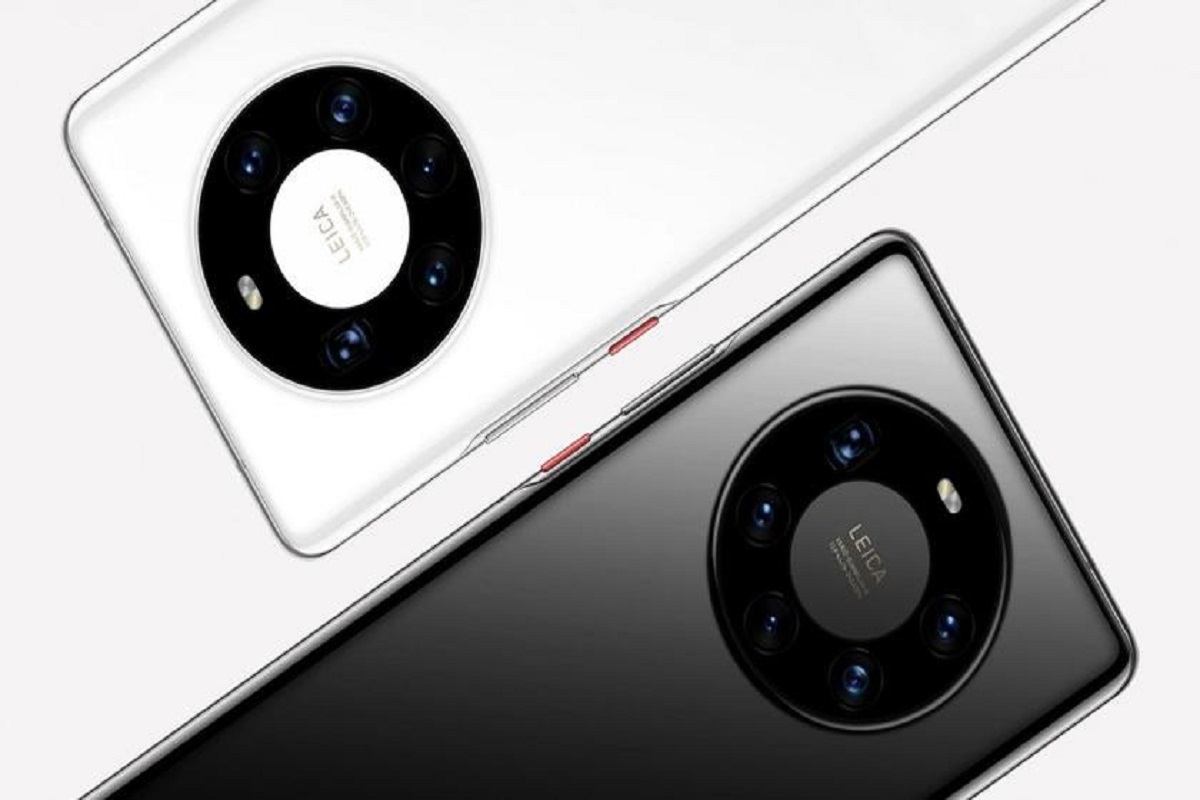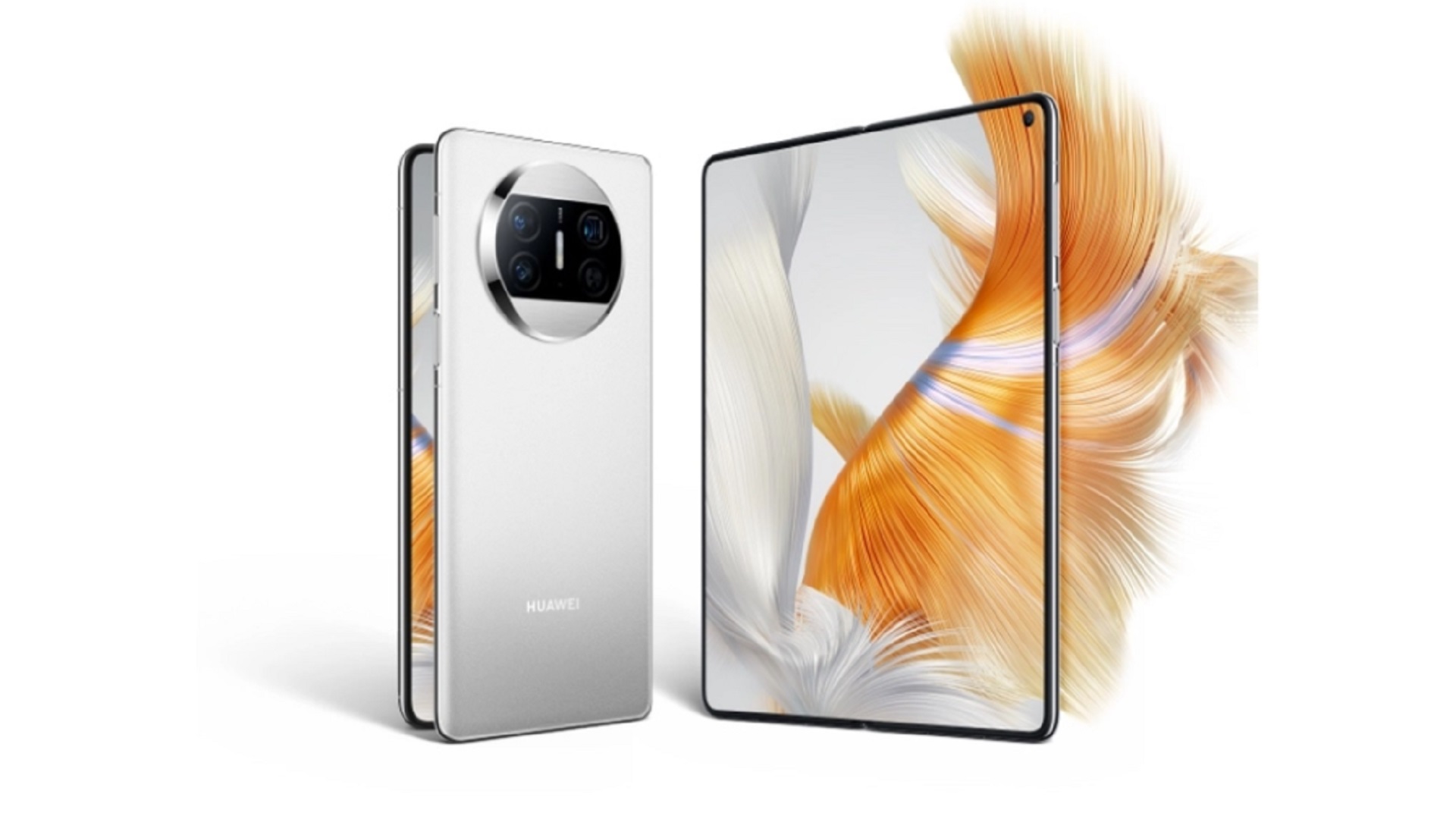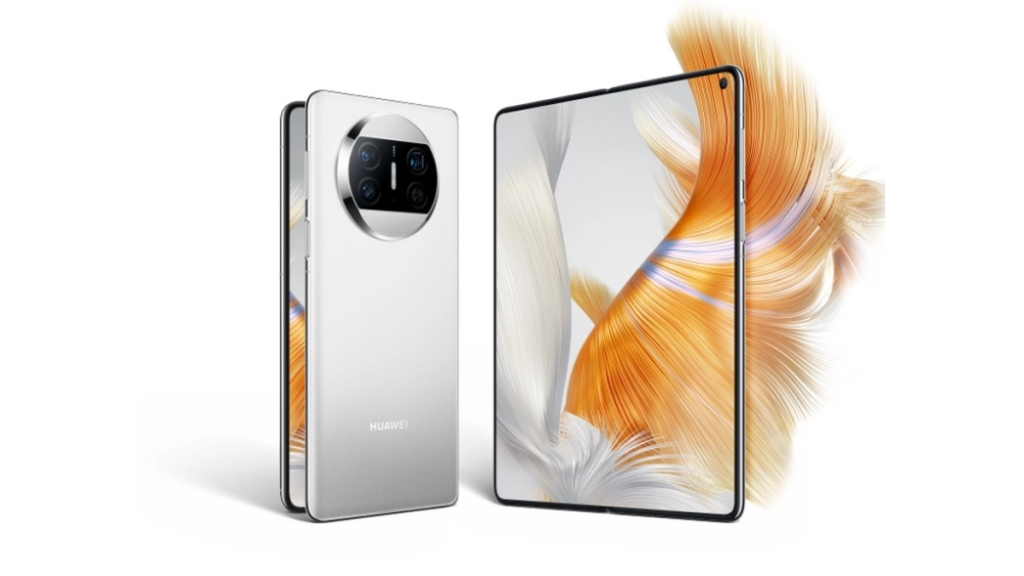Huawei is gearing up to publish its highly anticipated tri-fold smartphone as revealed by a recently surfaced patent showcasing its innovative design. Although the exact release date remains undisclosed, speculations hint at a potential launch by the end of this year.

The emergence of Huawei’s tri-fold smartphone comes in the wake of Samsung’s showcase of a similar device at the CES event, although Samsung did not proceed to release it for sale. It’s anticipated that both Huawei and Samsung will introduce tri-fold display smartphones to the market in 2024.
According to details outlined in the patent posted by ITHome, Huawei’s tri-fold smartphone adopts a unique “Z” shape when folded and incorporates two distinct hinges. One notable feature of this design is the ability for the screen connected to the second hinge to fold outward and it enables the third part of the screen to function as a fully operational display even when the device is folded.
This setup eliminates the significant interruption caused by rear cameras on the screen which is commonly observed in flip-style foldable devices. While the concept of tri-fold smartphones is groundbreaking; its execution presents several challenges like primarily concerning design complexity and weight.
The inclusion of two different hinges introduces intricate components and it potentially adding to the device’s overall heaviness. Huawei’s patent suggests that each part of the display will have varying thickness, a design element aimed at reducing weight.
The practicality of tri-fold smartphones remains uncertain but given that no company has introduced such a device to the market thus far. With rumors swirling and advancements in technology; it’s plausible to anticipate the debut of tri-fold smartphones from various manufacturers in 2024. As the industry continues to innovate, consumers can look forward to exploring the possibilities offered by these cutting-edge devices.




